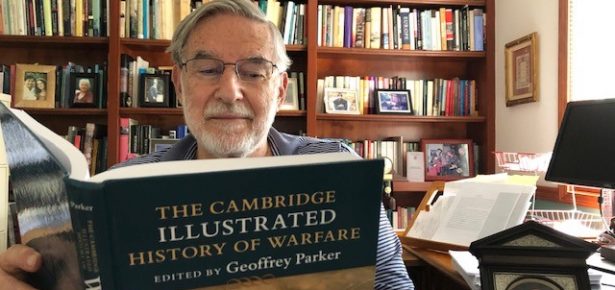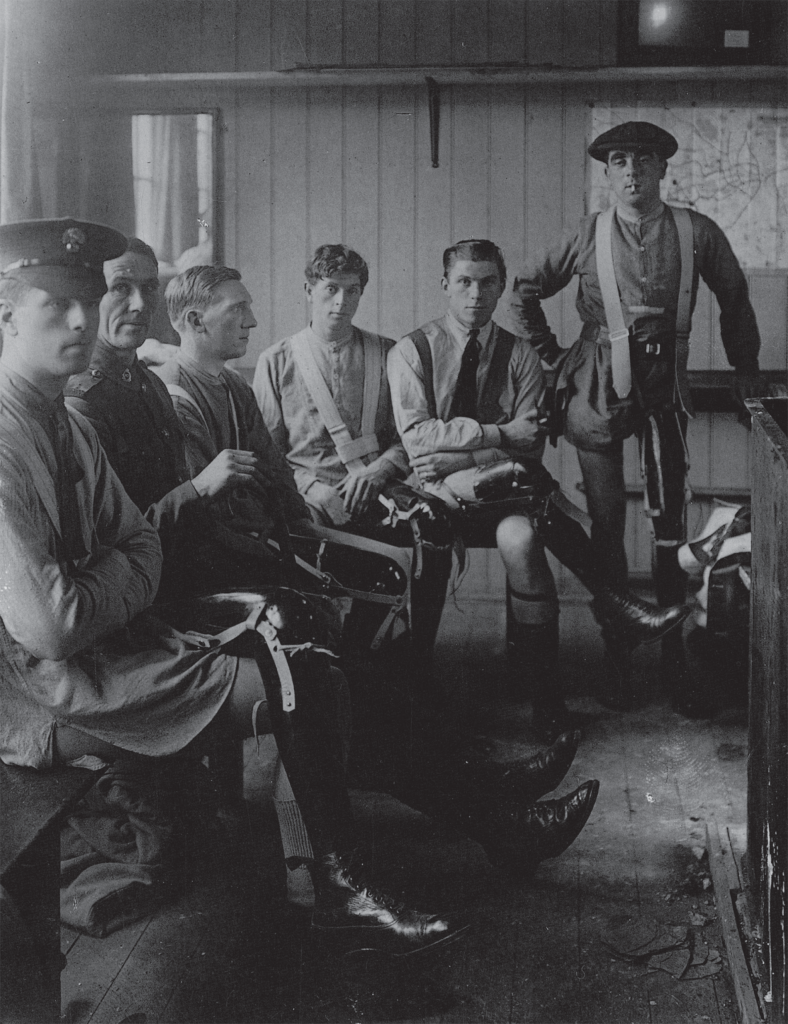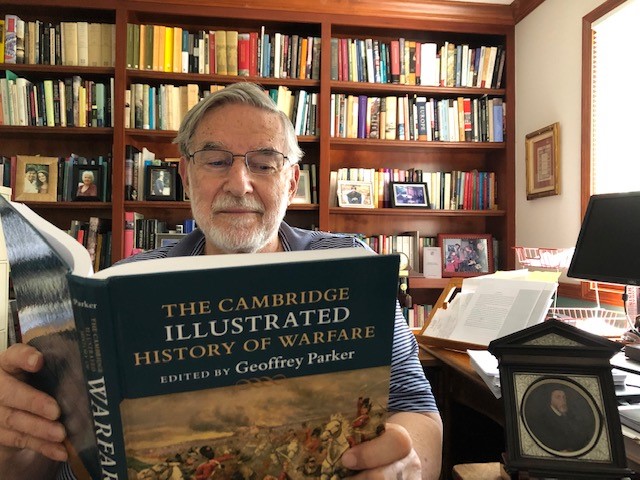
In every bookshop in the English-speaking world, works on military history occupy at least half of the shelves devoted to ‘History’. I helped to create two of the titles on those shelves, as editor of The Cambridge Illustrated History of Warfare andThe Cambridge History of Warfare. The first edition of the former appeared in 1995 as part of an ambitious series of ‘Cambridge Illustrated Histories’; the first edition of the latter extended the original text, which ended with the Gulf War of 1991, down to 2008, but omitted all illustrations except for the maps. Both books provide a concise overview of western military history, with particular attention to its continuities. As such, it provides the ideal balance of breadth, depth, and intellectual coherence for a college-level course.
The new edition of both works contains some significant differences. Above all, a new chapter covers wars from 1991 down to 2019 (the end of the land campaign against ISIS). There is also a wealth of new material based on the mountain of historical research on wars past and present – written, visual and oral – that has appeared this century.
For example, our account of the war in Iraq draws on the personal insights of one of the volume’s nine authors who served as Executive Officer to General David Petraeus, on the detailed British inquiry into the war published in 2016 (the ‘Chilcott Report’ containing 2.6 million words), and on an After-Action Report compiled by the US Army, published in February 2019 (two volumes, containing over 1,400 pages). Both are quoted at length in the text, with links in the endnotes to the originals available online.
You will also find a wealth of fascinating facts and links. You may have heard the expression ‘The lamps are going out all over Europe’, uttered by Sir Edward Grey, Great Britain’s Foreign Secretary, on the evening of 3 August 1914 as he prepared to send an ultimatum to Germany: withdraw from Belgium or Britain will declare war. But did you know that he said it as he watched men lighting the gas lamps outside his office – the ‘lamplighters’ who toured the streets every evening to light the street lamps and returned every morning to extinguish them – and speculated that the outbreak of war would mean he might never see that activity again? And even if you knew that, how about the coincidence that on the evening of 3 September 1939 Paul Schmidt, the professional translator at the German Foreign Ministry who had just read out the text of a similar ultimatum to Adolf Hitler (withdraw from Poland or Britain will declare war), noticed as he left Berlin that the lamplighters were extinguishing all the street lights? These and a legion of other illuminating details and connections await you in chapters 13, 14 and 15 of Warfare.
The need to clear copyright anew for each image in the Illustrated History allowed us to choose some new items – some because we could not identify the original copyright holder; others because we found a better colour image. So now, instead of reading about the text of Austria-Hungary’s telegram declaring war in Serbia on 28 July 1914, you can see and read it just as the subjects of Emperor Franz Joseph did, in the official bulletin of the imperial government published in Vienna that day – but you will also know, as those original readers did not, that during the following week states from the Atlantic to the Pacific also declared war on each other, thus creating the first global conflict in history (page 281).

Other illustrations from the original edition remain. Perhaps because I am now confined to a wheelchair, for me the most powerful image in the book is a black and white photo of a group of young British soldiers from World War I sitting, standing and smoking in a room. It’s only when you look closely that you see that every one of them has a prosthetic device instead of a leg. The photo is called ‘The Fitting Room’ (page 357). It reminds us that war maims as well as kills, and that if we fail to learn the lessons taught by the study of military history we will have to learn them all over again. And those works on military history are here to help.

Latest Comments
Have your say!